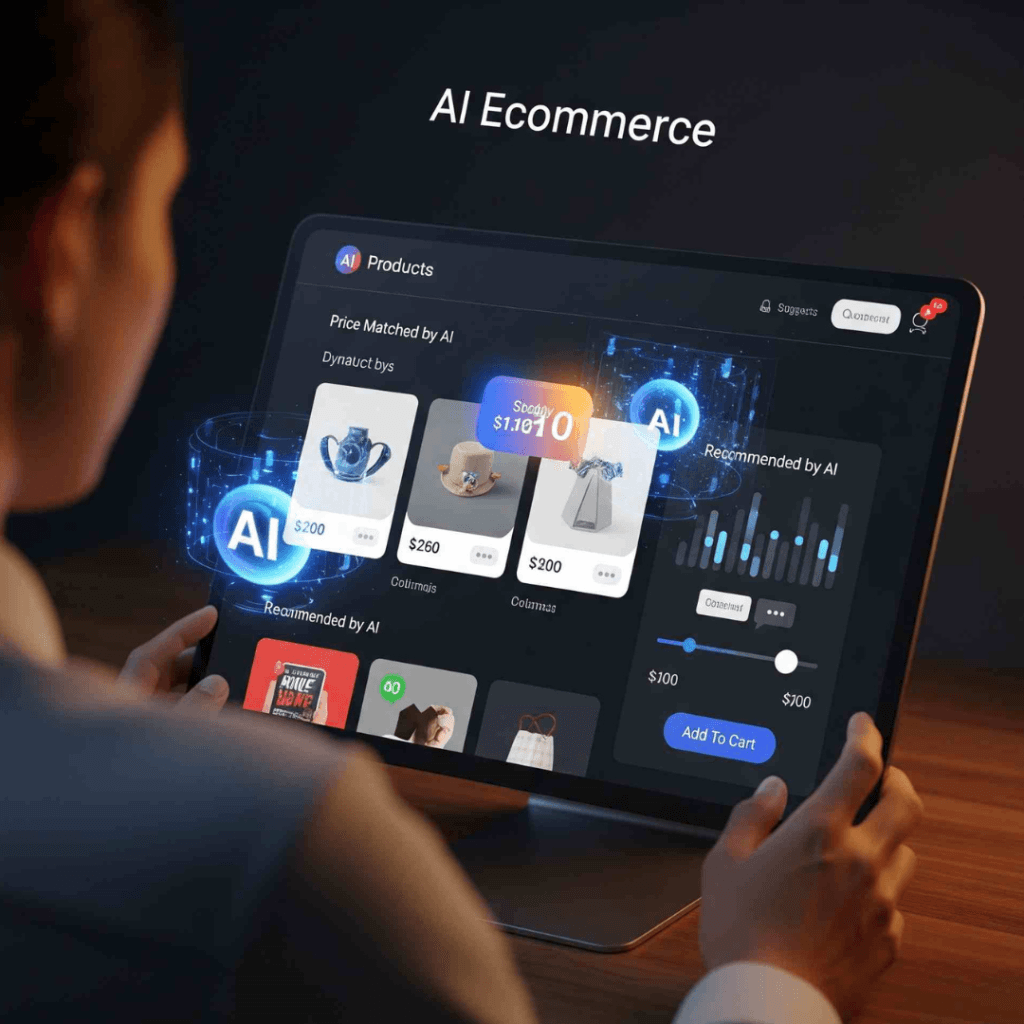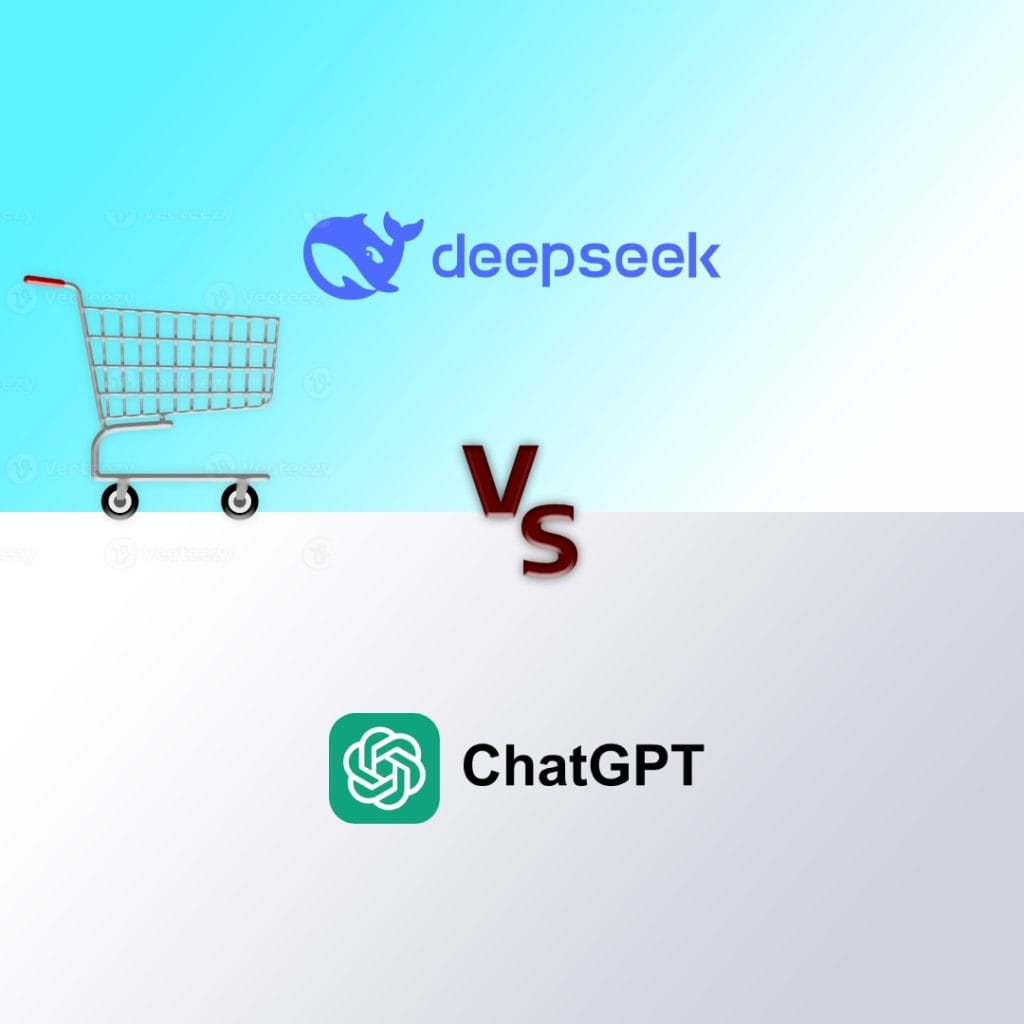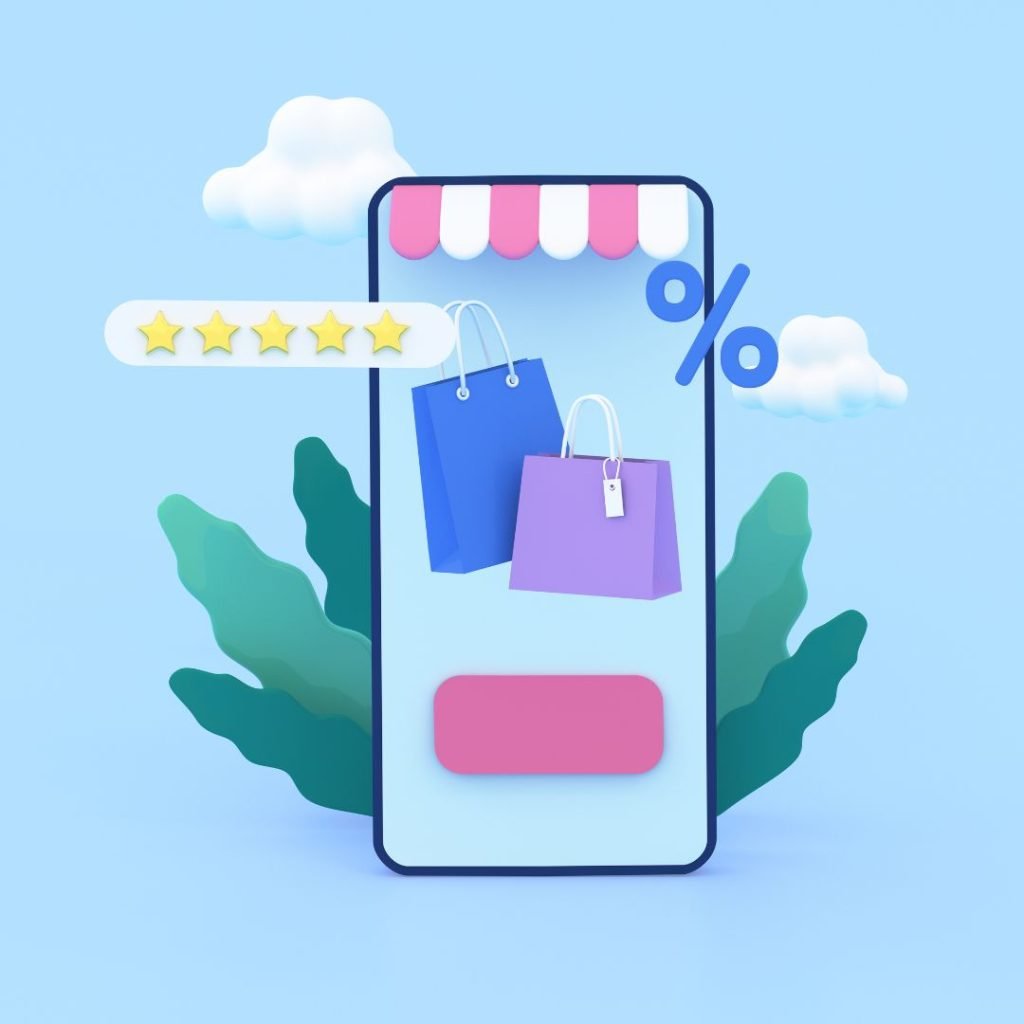
A report by Insider Intelligence says that in the US alone, e-commerce sales are expected to reach the value of $1 trillion in 2022. The US Consensus Bureau News claims that 13% of total retail sales is captured through e-commerce sales. Such impressive statistics are clear indicators that we are witnesses to the e-commerce revolution which will gain more momentum as web3 lays the groundwork for permissionless and decentralized networks. In the upcoming years, we can witness inter-connected, non-exclusive systems that any business can use online. This web3 revolution can turn everything online into a product. It will allow brands to use e-commerce solutions as per their needs instead of relying on monolithic platforms that control sales channels, customer data, and operations.
Despite e-commerce having such tremendous growth, it still has certain limitations. The major underlying problem is that most e-commerce platform relies on centralized payment gateways for transactions. This approach in e-commerce is not just less secure but also less reliable. A web3-based e-commerce setup allows you to store all the vital information directly onto a blockchain. It can eliminate all the security issues that persist with the current e-commerce system. Thus, we can consider that web3 e-commerce can be disruptive with transformative outcomes for the e-commerce industry. In this article, we will go through all the different aspects of web3 commerce and how it can benefit online businesses.
Let’s start with a brief history of the web.
Evolution of the Web:
Over the years, the web has evolved a lot. Today’s web application is unrecognizable from its nascent stage. We can divide the evolution of the web into three different stages – Web 1.0, Web 2.0, and the latest Web 3.0.
Web 1.0:
In the first stage of www, the data and information were presented in a static way and users had very little interaction with the content. The majority were content consumers and only a few users were content creators.
The users played a passive role in browsing as it was mostly for users searching the data. Web 1.0 can be also termed as the Read-only web.
Web 2.0:
Web 2.0 is an improved version of Web 1.0. Unlike Web 1.0 which was predominantly for reading the content – Web 2.0 emphasizes contributing and participating. It highlighted user-generated content with usability and interoperability for end users. The users are content consumers, creators or authors in a good ratio. Some of the popular user-generated content platforms are YouTube, Social media platforms, Blogging websites, and others.
Now, What is Web 3.0?
Web 3.0 is a new generation internet that not just interprets the data accurately but also understands everything conveyed through text, voice or in other formats. It uses blockchain technology and its concepts like decentralization, token-based economy and others for improving user experiences. It is not a platform on which the users have to access the platform through centralized platforms like Google, Facebook, and Apple. In this web architecture, the users can own and control their parts on the internet.
It eliminates the need for intermediaries to facilitate virtual transactions. Blockchain technology ensures all the transactions on Web 3.0 are secure as well as reliable. User privacy is also better as it is not controlled by big tech giants.
Characteristics of the Web 3.0:
- Open-source or free information
- Unique and authentic transaction information
- Every user is the owner of its data
- DeFi and cryptocurrencies have replaced the central monetary system
- Anonymous transactions and ownership
Features of Web 3.0:
Some of the prominent features of Web 3.0 are:
1. Semantic Web:
Web 3.0 is semantic i.e. it allows users to create, share, and connect content through search & analysis by comprehending words instead of numbers and keywords.
2. Artificial Intelligence:
Web 3.0 utilizes artificial intelligence and machine learning. These technologies when combined with NLP (Natural Language Processing), the result is an intelligent computer that understands user needs and can differentiate information like humans to provide faster & relevant results.
3. 3D Graphics and Spatial Web:
Web 3.0 is inclined towards realities i.e. using geospatial worlds to increase users into virtual spaces. We have observed similar things in video games, virtual tours, and e-commerce. It is also referred to as the “Spatial Web” as it blurs the line between physical and digital reality.
4. Ubiquity and Decentralized Systems:
Another feature of Web 3.0 is ubiquity and decentralization i.e. it is omnipresent. Web 2.0 was already ubiquitous but IoT devices growth will take it to next level. In Web 3.0, semantic data allows people to connect to the internet anytime and from anywhere without needing a computer or smart device.
Existing Challenges in the E-commerce Industry:
Although the e-commerce industry has revolutionized the purchasing life of buyers, it is still persistent in its challenges or limitations. The top e-commerce challenges are:
1. Verify Online Identity:
How can an online business owner determine if the buyers landing on his store are real? Have they entered the correct details? Are they actually interested in buying your products? How would you be able to proceed further if you don’t get all this information? It can be really strenuous. But now it is possible by investing in online identity verification.
2. Data Security:
In the e-commerce industry, one of the most difficult and important tasks is to secure the data of your customers. The e-commerce industry is also most prone to security hacks and data breaches by hackers. Any compromise in data security will not only lose your customers but also your brand reputation.
3. Targeting Relevant Customers:
There are a plethora of options available for buyers these days. Before making any purchase, a customer does a lot of research. So how to make them purchase from your brand when there are other similar options as well? Or in another way, how to find customers who will make purchases from your brand at your price? It is not easy to target and convert the right customers in the e-commerce industry.
4. Customer Experience:
A streamlined and smooth buying experience is the lifeline of an e-commerce store that drives users from the landing page to the “Successful order page”. Customers want an experience just similar to that of a physical store. Thus, website navigation, content flow, user interface, segmentation and personalization are crucial for a successful online store.
5. Customer Loyalty:
Customer loyalty is important because of two factors. First, acquiring a new customer is more expensive than retaining an existing one. Second, the chances of a successful purchase are high in an existing customer vis-à-vis a new customer. That’s why e-commerce brands want to attain high customer loyalty and retention. A loyal customer also gives a high customer lifetime value.
6. Converting Visitors into Buyers:
Converting incoming visitors to a buyer is highly difficult. It is possible to have a large volume of traffic on your store through marketing efforts, but if the sales are not as per expectation then all it is in vain. This is another major concern in the e-commerce industry.
7. Growing Competition:
There was a study named “Jam Study” conducted to analyze the knowledge of consumers and it gives a very interesting conclusion. People get overwhelmed with too many choices. Users get thousands of options while searching for a simple product. How to choose then? This level of competition makes the brand difficult to stand out from the crowd. They also find it difficult to invite visitors to their site instead of losing them to competitors. One major reason for such problems is that most stores rely on third-party payment gateways or financial institutions for payment processing. Blockchain can give direct access which will resolve these problems.
8. Customer Support:
With the growth of the e-commerce industry, the number of e-commerce users has also increased. Eventually, there are a lot of issues and queries that these customers have that need to be resolved by customer support. Although with the evolution of AI, now chatbots are available to facilitate faster request processing and ticket response, such solutions are not highly sustainable. For instance, customers get frustrated by encountering chatbots every time.
9. Cross-border E-commerce:
Many websites limit themselves as they are not able to cater the customers outside their geographical demographics. Customers always try to find the site of their main language for a better experience. Sometimes, the users don’t buy across borders because of differences in currency and taxes.
10. Marketing:
E-commerce businesses mostly adopt digital marketing to market themselves. They leverage social media platforms, e-mails, ad spending, etc. But now the rate of advertising, pay-per-click, and virtual advertising space is increasing. It can be very costly for businesses which are yet to be established.
How Web 3.0 can benefit Online E-commerce Businesses?
Web 3.0 with underlying technologies such as NFTs and cryptos is already making its impact in the e-commerce industry and will continue to do so in future. It is due to the expansion of blockchain use cases as businesses are innovating at a greater pace. These are some real scenarios by which Web 3.0 can affect online businesses:
1. Cost Saving:
Web 3.0 involves blockchains, smart contracts, and decentralized apps which eliminate the need of 3rd party apps. This will reduce the operating costs of businesses and be more competitive. Also, Web 3.0 requires a cheaper infrastructure to run in comparison to the traditional web infrastructure.
2. Trustable E-commerce:
In the coming future, Decentralized apps or dApps will allow customers to buy products. These apps will allow immutable, trustless and executable transactions by self-executing codes called smart contracts. These transactions will reduce fraud, chargebacks and returns. It ostensibly seems far-fetched to use cryptocurrency as payment, but sooner it will be a norm just like credit cards or PayPal.
3. NFT-based Loyalty Programs:
Non-fungible tokens or NFTs monetize the loyalty programs in e-commerce. In loyalty programs, the customers get rewarded with loyalty points on each purchase. These points are then redeemable for discounts, vouchers, or for products. NFTs allow companies to offer more valuable loyalty rewards with a predetermined value to customers instead of random points.
4. High Security:
There are fewer chances of data breaches and hacking in Web 3.0 as it makes it harder to access sensitive information. It is not possible to alter or manipulate the Blockchain data. Thus, you can safely do your business without worrying about data theft and data breaches.
5. Greater Accountability:
The blockchain also allows tracking of every transaction since it can’t be deleted or altered, therefore the companies are more accountable for their actions. So people can buy products from businesses with authority, credibility, and reputation. Businesses can leverage this to build stronger and trustable relationships with their customers.
6. Better Inventory Control:
Using blockchain in inventory control will help retailers to reduce SKUs as with standard shopping carts and order replacement stock when certain thresholds have been met.
7. Warranty Management:
Retailers can efficiently manage and store warranty information with blockchain. This data would be accessible by all the entities i.e. customers, manufacturers, and retailers. Thus, the warranty information can be validated properly without any ambiguity.
How to prepare your Store for Web 3.0 E-commerce?
These are some ways to prepare your brand for Web3 e-commerce:
1. Token-gated Commerce:
The first step is to create enthusiasm in people for blockchain and NFTs. Token-gated commerce acts as a bridge between these technologies and e-commerce. It serves as a reason for customers to buy your NFTs and give more loyalty to your brand.
2. Metaverse Experience:
We all are aware of the impact of personalized retail experiences on customers’ loyalty, and metaverse is no different. The metaverse experiences like viewing products in a different reality with your avatar will give customers a reason to interact with Web 3.0. Using Metaverse for eCommerce store can be collectively called Metaverse E-commerce.
3. Create a Gamify Buying Journey:
Engaging a younger audience in the game means dipping your toes into the pool. NFTs can let you unlock these parts of the buying experience. The users will find it more interactive than traditional advertising methods.
4. Accept Cryptocurrency Payments:
Cryptocurrency is quite a buzzword which can be the future of payments soon. Accepting this will give you a statistical advantage in reaching more value for your order. It will also increase the trust of customers in your brand.
Wrapping Up:
Web 3.0 in e-commerce refers to the use of advanced technologies such as artificial intelligence, blockchain, and semantic web in the online shopping industry. These technologies enable more personalized and efficient shopping experiences, as well as secure and transparent transactions. Web 3.0 in e-commerce also allows for greater interoperability and decentralization, allowing for more innovation and competition in the field.
Web 3.0 is more decentralized version that resolves the existing flaws of Web 1.0 and Web 2.0. AR & VR are already popular while the NFTs are still in the boom. Thus, e-commerce is ready to accept any new technology. Today’s brands want to serve customers in the best way possible. Web 3.0 inherent quality i.e. decentralization allows brands to run apps without any failure. Web 3 will undoubtedly provide the best e-commerce experience possible for consumers and brands.
 Hubspot SEO Certified |  Hubspot SEO II Certified |  Google Ads Search Certified |  Google Analytics Certified |
Sreehari N Kartha is a skilled Digital Marketing Analyst at Ceymox, certified in SEO. His expertise encompasses a wide range of digital marketing strategies, including managing advertising campaigns on platforms like Google Ads, Facebook Ads, Instagram Ads, WhatsApp Ads, and LinkedIn Ads. With a strong foundation in SEO and SMM, Sreehari is adept at optimizing online visibility, driving engagement, and generating qualified leads and conversions. His passion for emerging technologies, such as Crypto, NFTs, and Web3, further complements his skillset, enabling him to navigate the dynamic digital landscape.
View All Articles








